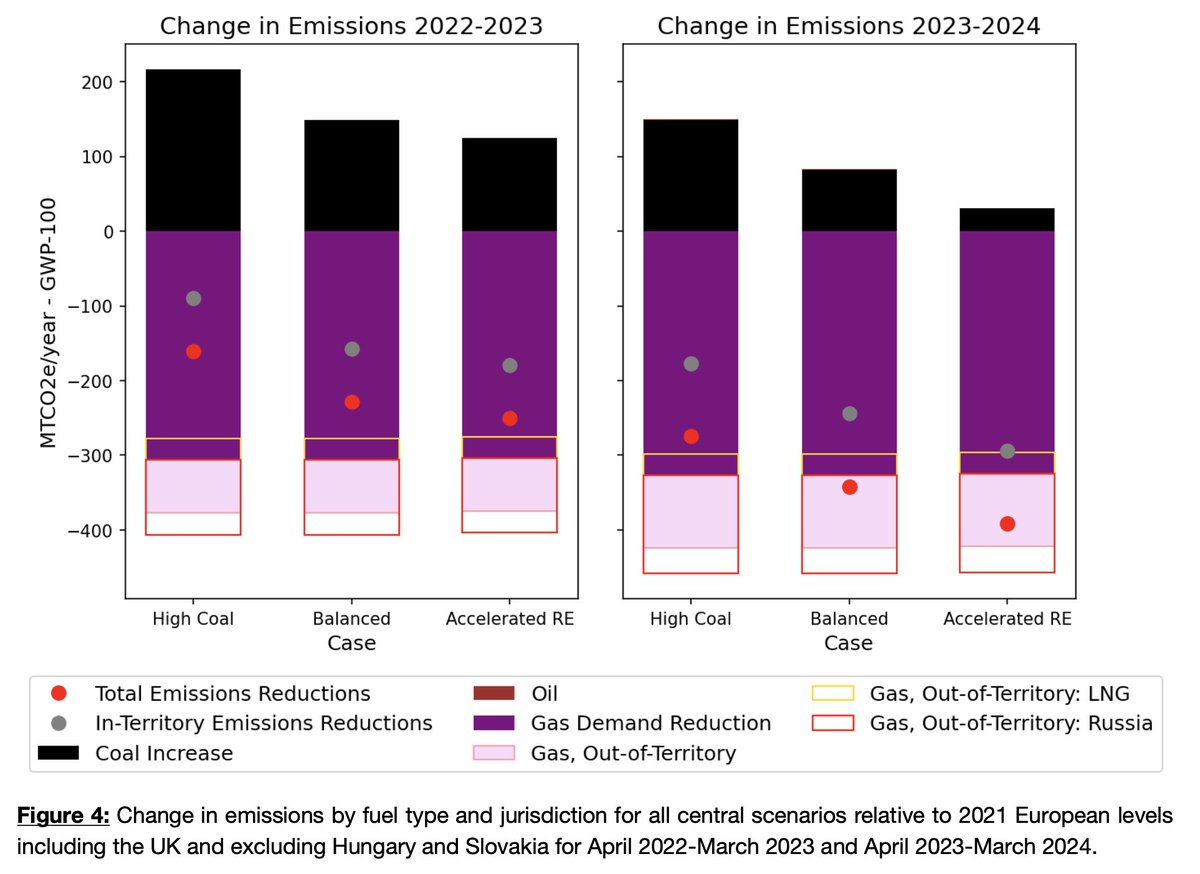
🚨 New ZERO Lab paper! 🚨
"Modeling the operational flexibility of natural gas combined cycle power plants coupled with flexible carbon capture and storage via solvent storage and flexible regeneration" led by @fangwei_cheng doi.org/10.1016/j.ijgg…
#MacroEnergySystems

"Modeling the operational flexibility of natural gas combined cycle power plants coupled with flexible carbon capture and storage via solvent storage and flexible regeneration" led by @fangwei_cheng doi.org/10.1016/j.ijgg…
#MacroEnergySystems


This work is part of our modeling support & analysis for @ARPAE FLECCS program, which supports development of a dozen designs for flexible carbon capture at natural gas-fired power plants. We're helping ARPAE & FLECCS teams evaluate each design & select Phase 2 $$ to demo tech.
We developed a detailed, modular representation of a flexible solvent storage system that enables shifting of the energy consumption for solvent regeneration to times of low power prices. @fangwei_cheng has painstakingly implemented about 8 other detailed designs for FLECCS too.
Our approach breaks down combined cycle power plants into major subcomponents and uses linear constraint formulations to enforce energy and mass balances across the plant modules (e.g. gas turbine, steam turbine, capture unit, regenerator, lean and rich solvent storage).
In addition, thermal power plants are subjected to unit commitment (UC) constraints that are very time-consuming to solve via conventional methods, which use binary decision variables for start-up and shut-down decisions.
We thereby demonstrate that a linear relaxation of discrete UC decision variables coupled with a generator clustering method (pioneered by Bryan Palmintier at NREL) are applicable to model flexible CCS subcomponents with good accuracy and computational speed.
As compared to a conventional binary UC formulation, linear relaxation of a generator clustering formulation has is 18–527 times faster runtime, with errors of 0.01%-3.4% across all the evaluated metrics. As the saying goes: good enough for government work! 😉
The operating patterns & system performance suggest our modeling framework can accurately & tractably capture both plant-level & system-level outcomes in a grid-scale power system optimization model, paving way for further use of this technique in FLECCS work & subsequent papers.
Check out the full paper at doi.org/10.1016/j.ijgg…
And congrats to @fangwei_cheng on the first of many papers to come from her work leading ZERO Lab's FLECCS team.
And congrats to @fangwei_cheng on the first of many papers to come from her work leading ZERO Lab's FLECCS team.
• • •
Missing some Tweet in this thread? You can try to
force a refresh











